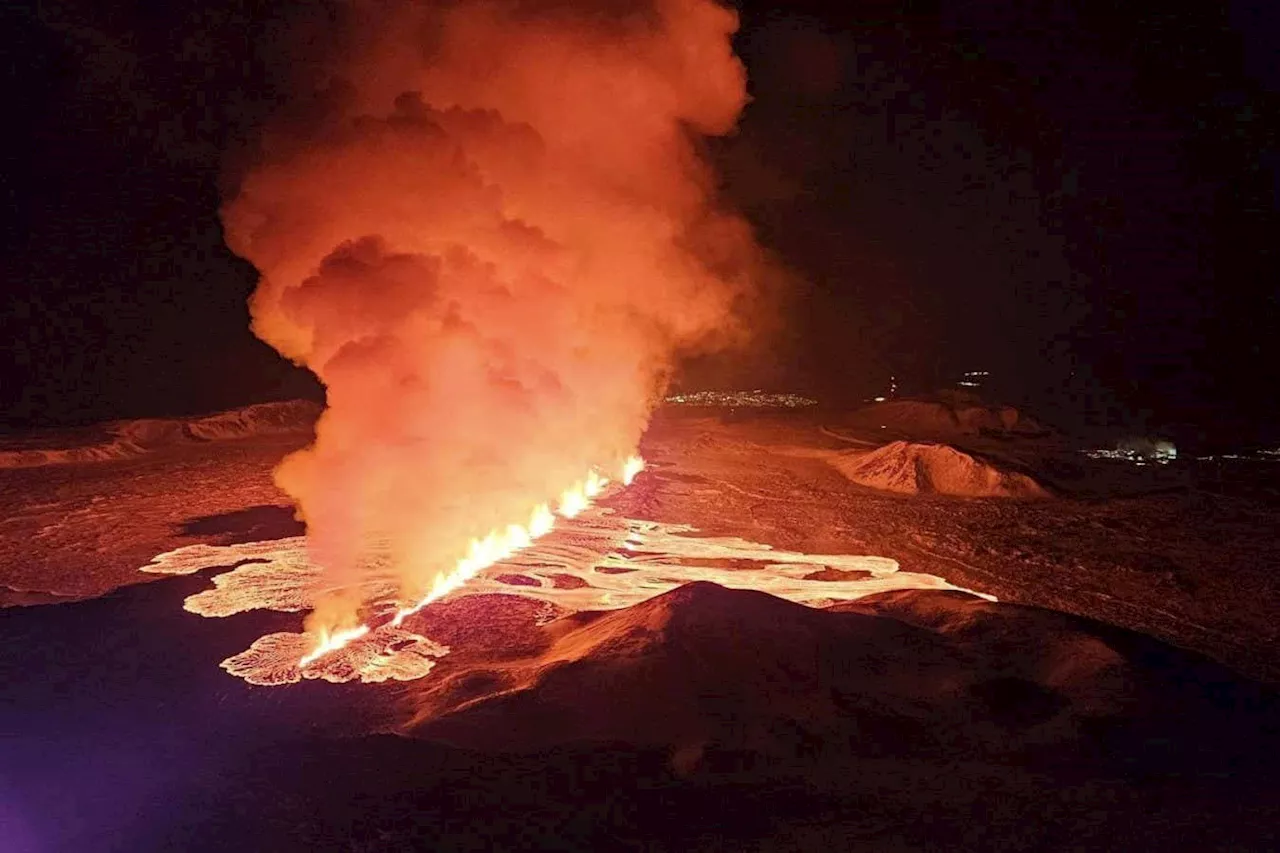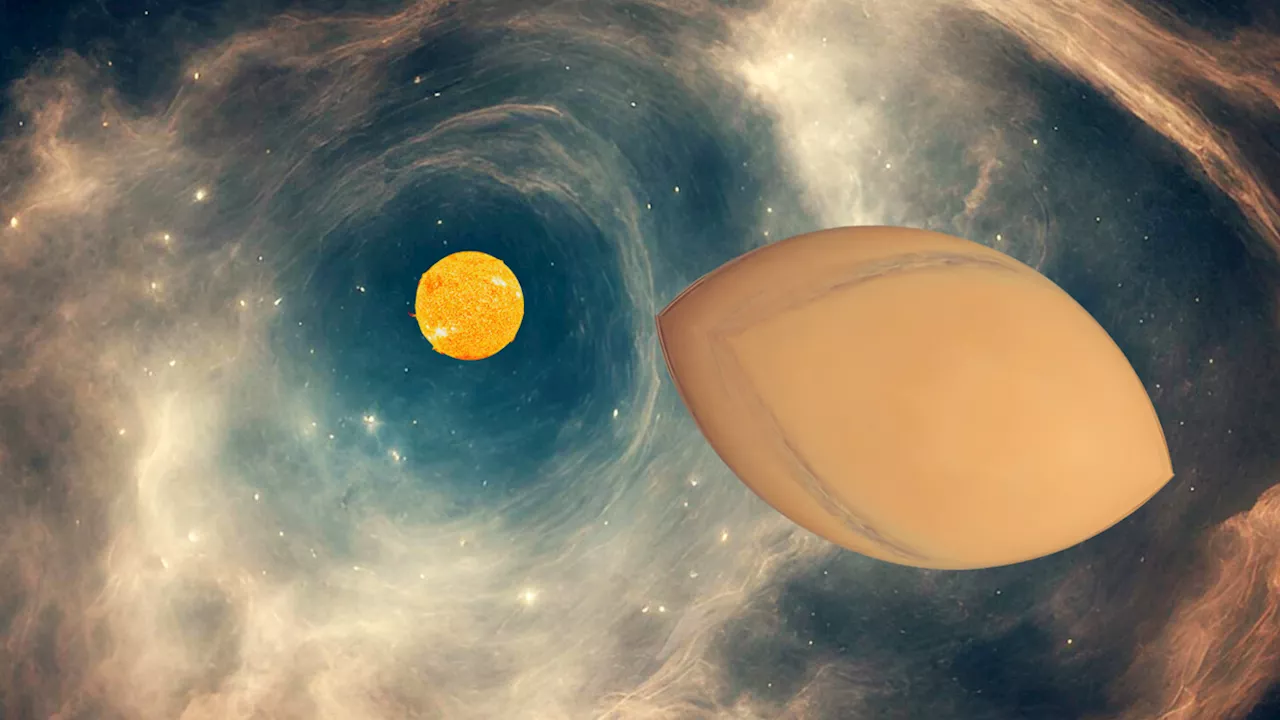Hannah Osborne is the planet Earth and animals editor at Live Science. Prior to Live Science, she worked for several years at Newsweek as the science editor. Before this she was science editor at International Business Times U.K. Hannah holds a master's in journalism from Goldsmith's, University of London.
Magma flowed into the dike beneath Grindavík at an unprecedented rate of 261,000 cubic feet per second before the volcano first erupted in Iceland's Reykjanes Peninsula, according to a new study.
The volcano erupted on Dec. 18, with a 2.5-mile fissure opening and sending lava spewing up to 100 feet into the air. The volcano erupted again on Jan 14., with two fissures opening on the outskirts of Grindavík. A third eruption occurred today , with a 2-mile-long fissure opening up near Mount Sundhnúkur to the north of Grindavík. The events are part of a millenia-long cycle that fuels eruptions.In a new study published Feb.
"It means that other factors were important in explaining the fast magma flow — namely the forces due to the prior stretching of the crust as well as a large fracture on the boundary on the magma domain," Sigmundsson said."The stretching forces contributed very significantly to the driving pressure for magma flow in the dike, causing the very fast flow."
Norge Siste Nytt, Norge Overskrifter
Similar News:Du kan også lese nyheter som ligner på denne som vi har samlet inn fra andre nyhetskilder.
 Iceland volcano: Mass of magma pooling beneath ground north of Grindavík indicates imminent eruptionSascha is a U.K.-based trainee staff writer at Live Science. She holds a bachelor’s degree in biology from the University of Southampton in England and a master’s degree in science communication from Imperial College London. Her work has appeared in The Guardian and the health website Zoe.
Iceland volcano: Mass of magma pooling beneath ground north of Grindavík indicates imminent eruptionSascha is a U.K.-based trainee staff writer at Live Science. She holds a bachelor’s degree in biology from the University of Southampton in England and a master’s degree in science communication from Imperial College London. Her work has appeared in The Guardian and the health website Zoe.
Les mer »
 Giant magma flow in Iceland was the fastest ever recordedAs a 15-kilometre crack formed ahead of the recent eruptions, magma flowed into it at the highest rate observed anywhere in the world
Giant magma flow in Iceland was the fastest ever recordedAs a 15-kilometre crack formed ahead of the recent eruptions, magma flowed into it at the highest rate observed anywhere in the world
Les mer »
 Surprise! Baby exoplanets might look like Smarties candies rather than spheresRobert Lea is a science journalist in the U.K. whose articles have been published in Physics World, New Scientist, Astronomy Magazine, All About Space, Newsweek and ZME Science. He also writes about science communication for Elsevier and the European Journal of Physics. Rob holds a bachelor of science degree in physics and astronomy from the U.K.
Surprise! Baby exoplanets might look like Smarties candies rather than spheresRobert Lea is a science journalist in the U.K. whose articles have been published in Physics World, New Scientist, Astronomy Magazine, All About Space, Newsweek and ZME Science. He also writes about science communication for Elsevier and the European Journal of Physics. Rob holds a bachelor of science degree in physics and astronomy from the U.K.
Les mer »
 Sheltering Science at the End of the Earth: Part 3No one can be voted off the island, so scientists found ways to keep spirits high and relationships strong.
Sheltering Science at the End of the Earth: Part 3No one can be voted off the island, so scientists found ways to keep spirits high and relationships strong.
Les mer »
Southern University of Science and Technology Welcomes Outstanding Young Talents Worldwide - China (CN) job with Southern University of Science and Technology(SUSTech)Southern University of Science and Technology invites global talents for our National Science Fund Program for Outstanding Young Scholars (Overseas) application. I.
Les mer »
 Not Science Fiction Anymore: What Happens When Machine Learning Goes Too Far?Science, Space and Technology News 2024
Not Science Fiction Anymore: What Happens When Machine Learning Goes Too Far?Science, Space and Technology News 2024
Les mer »
